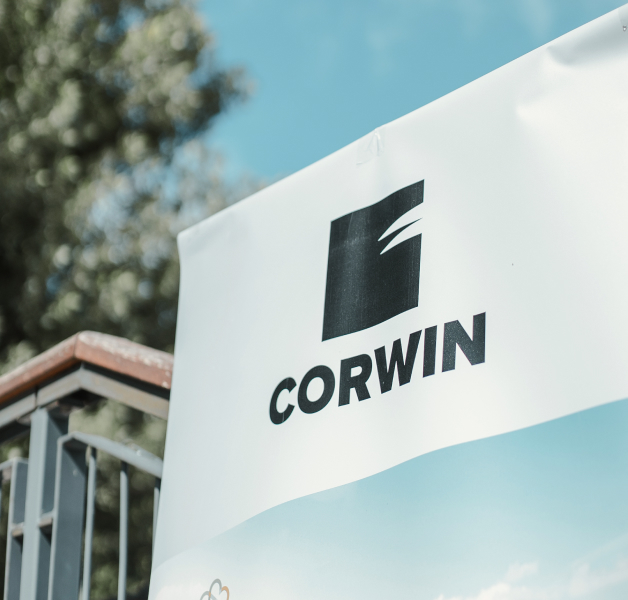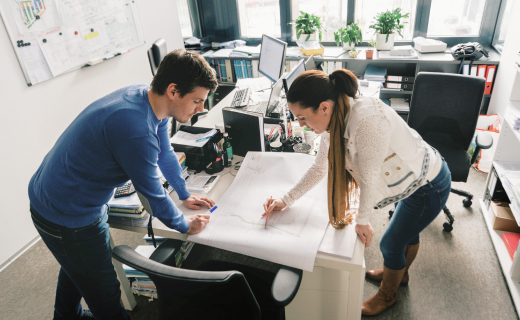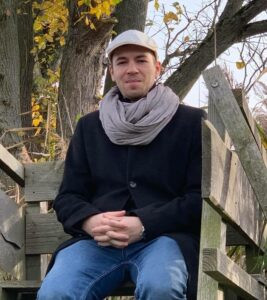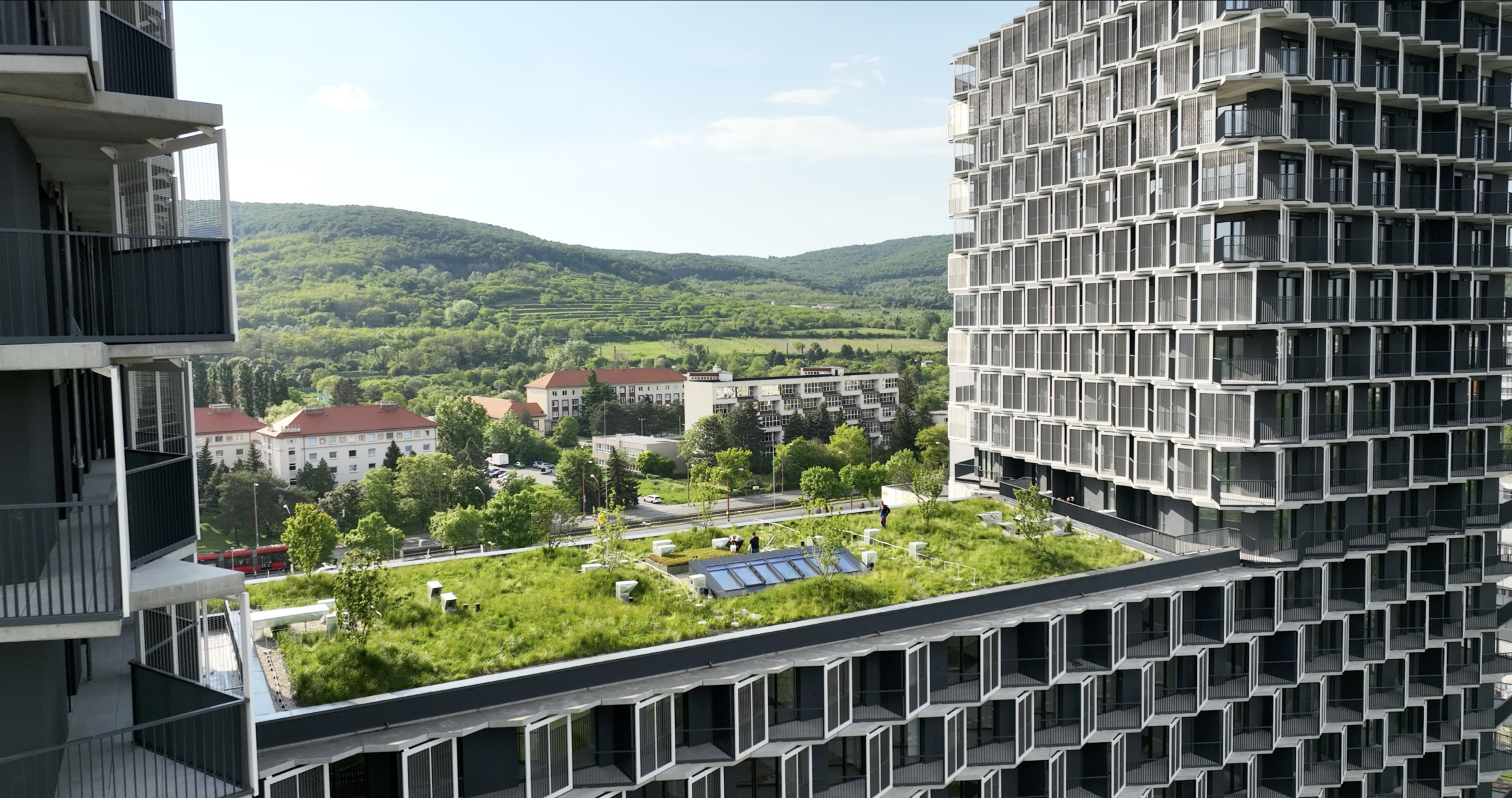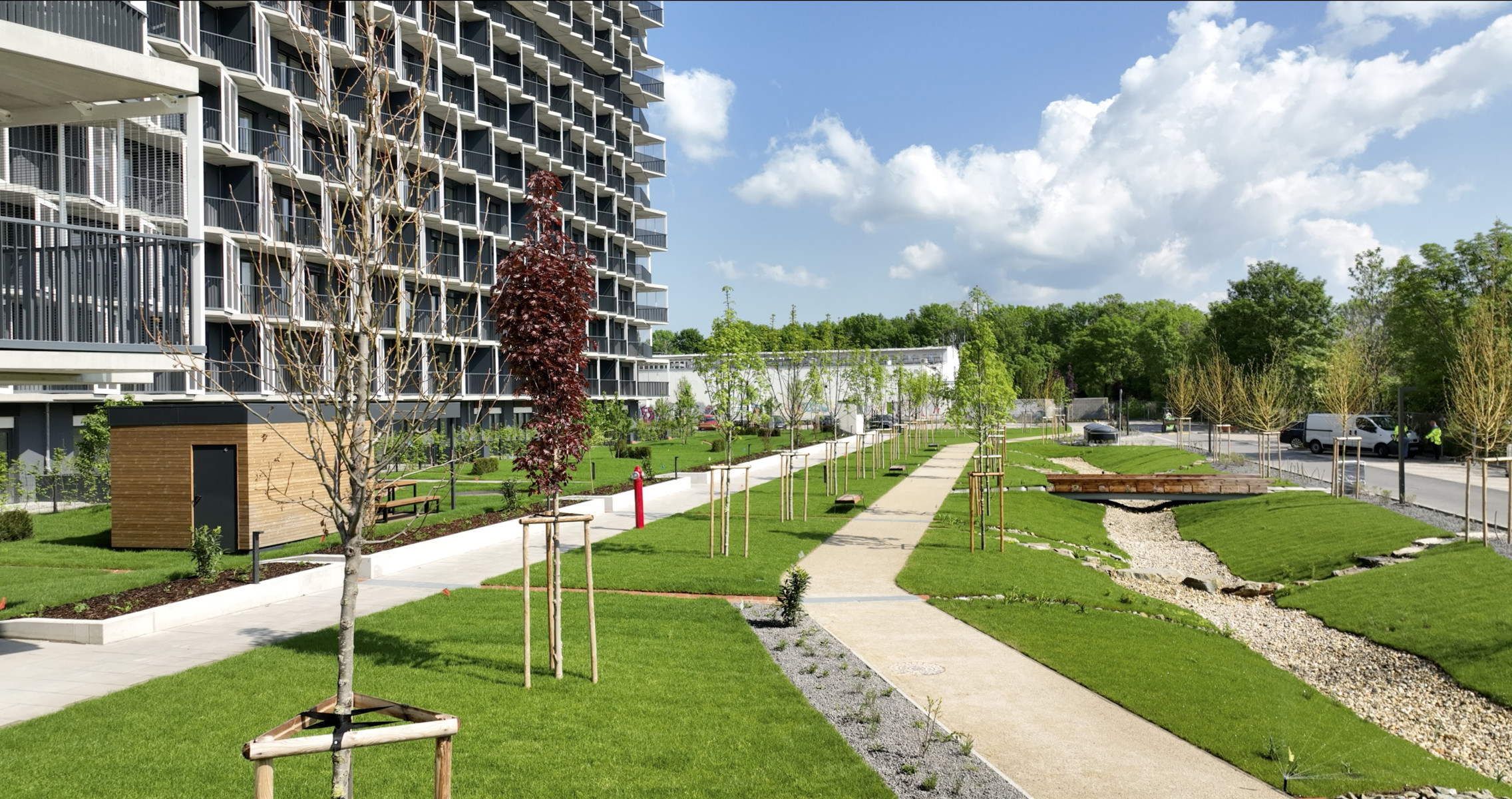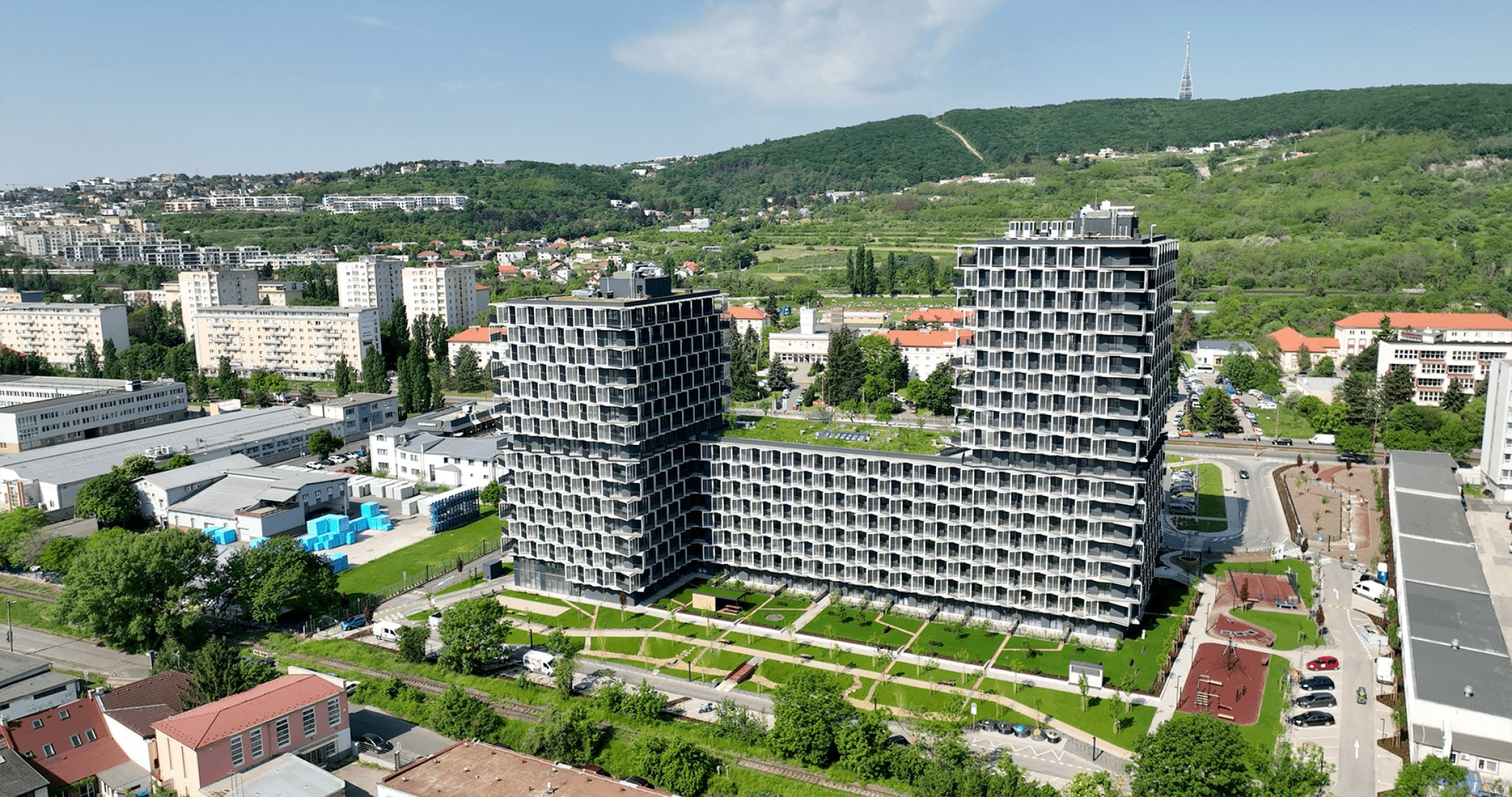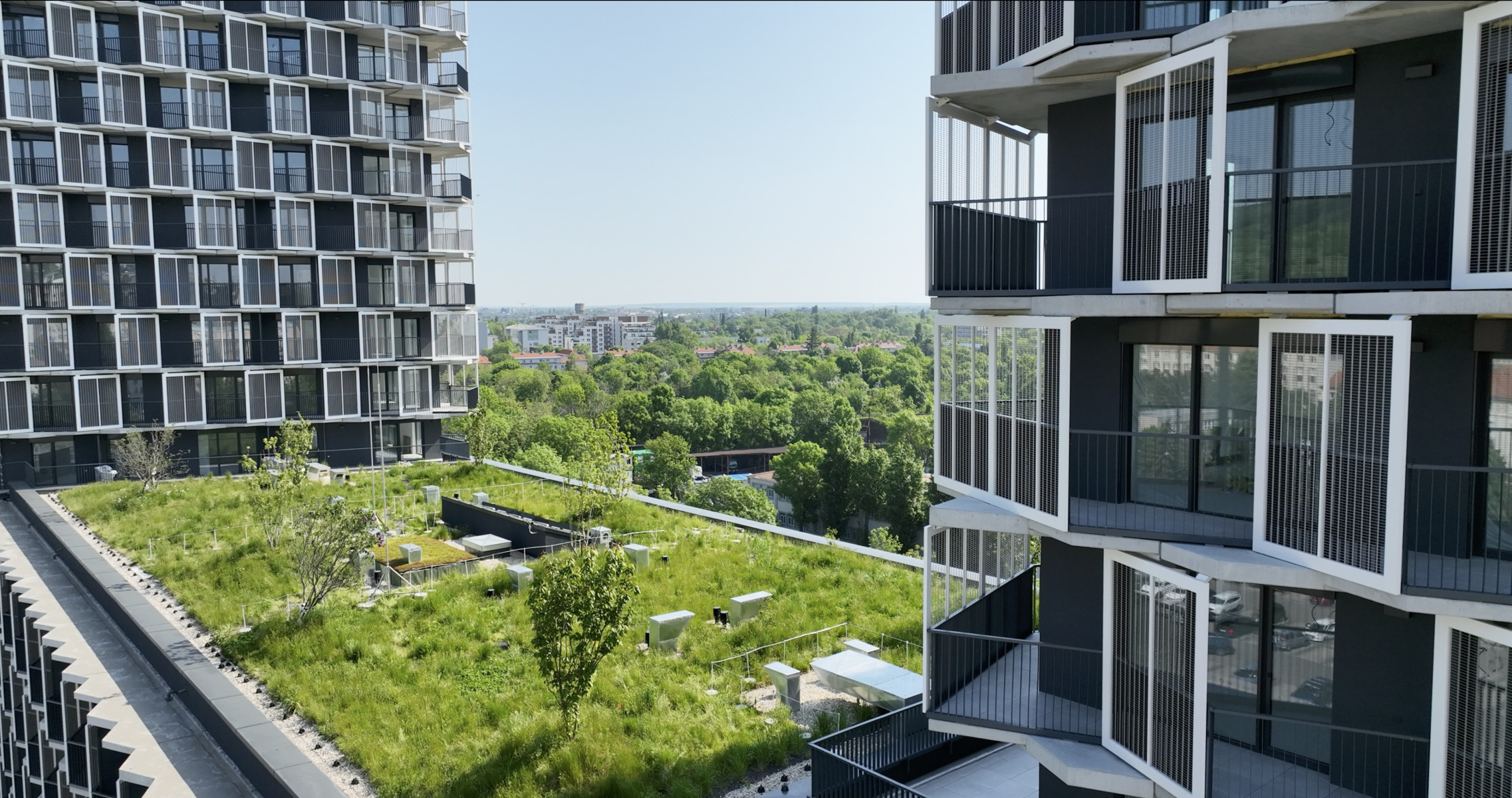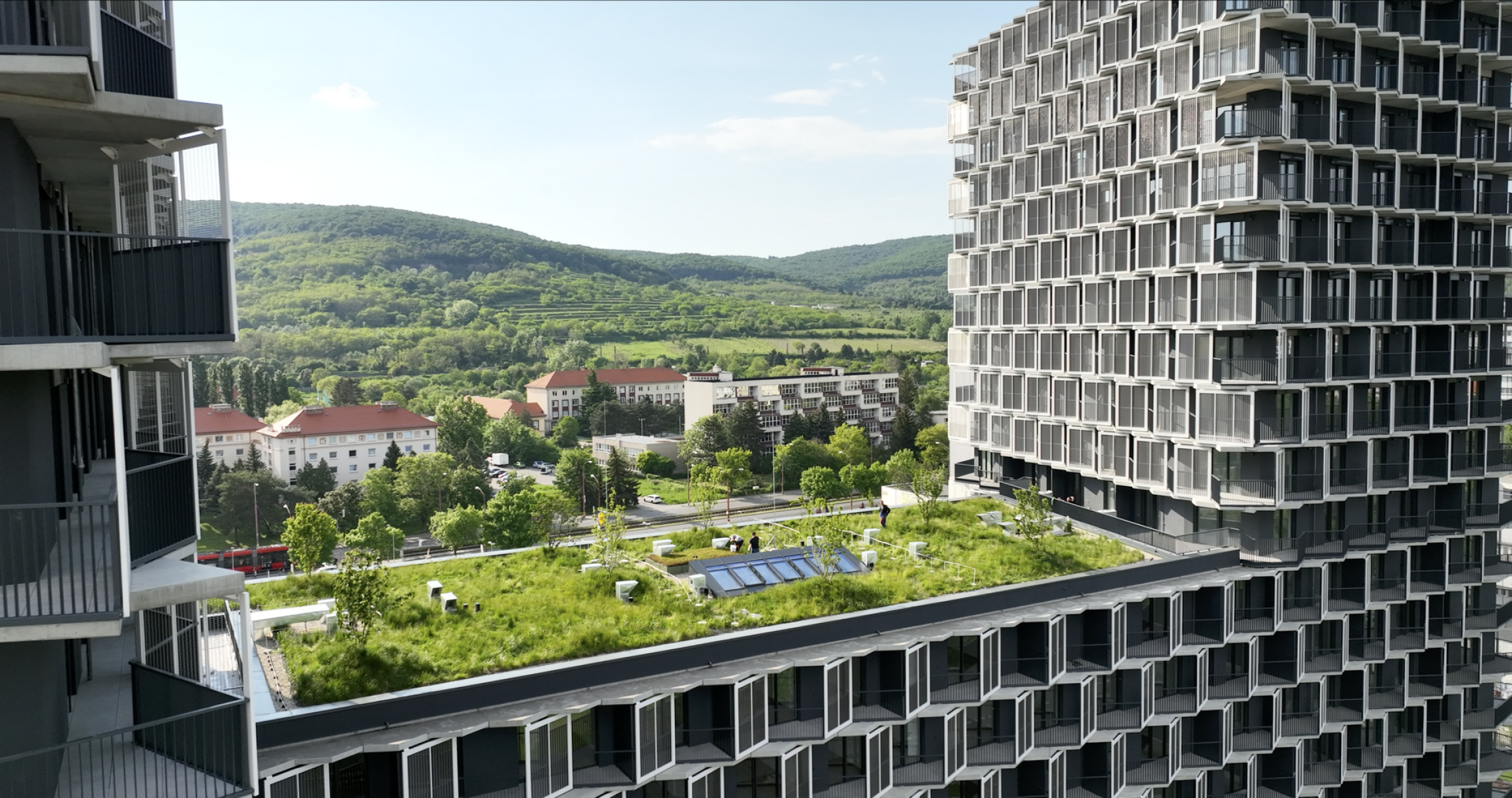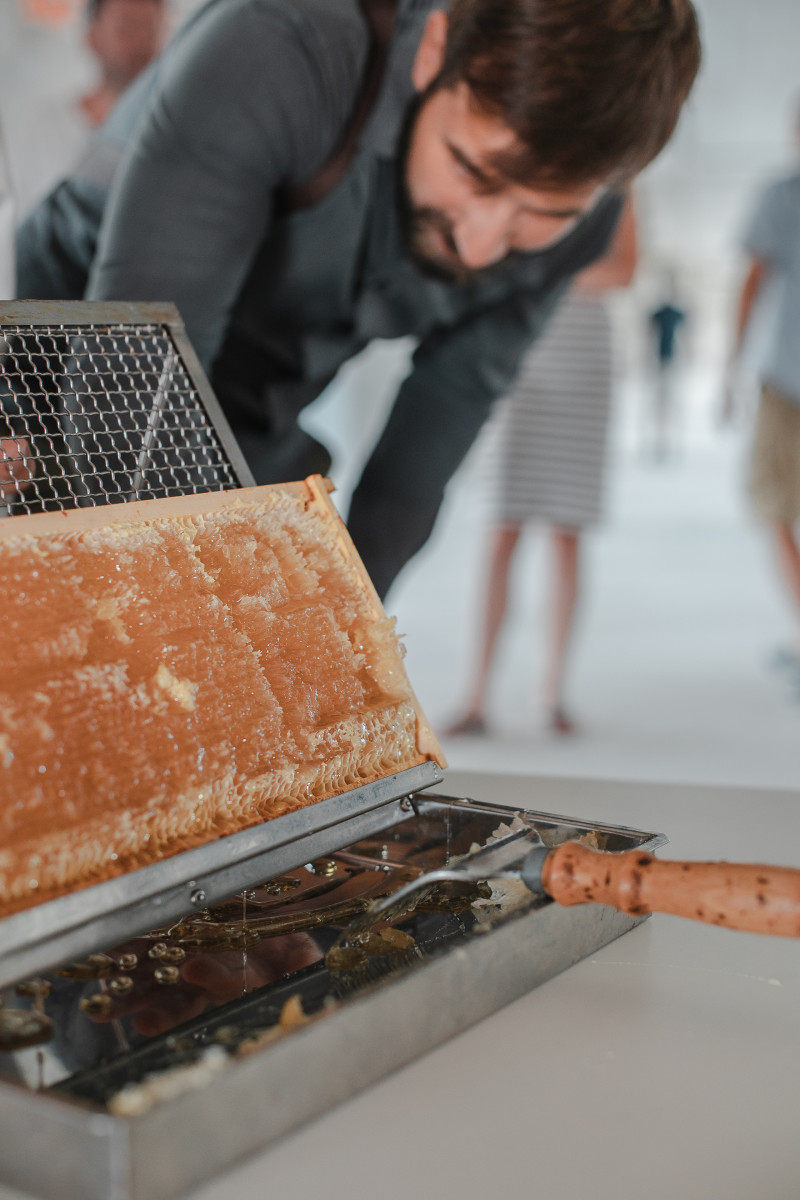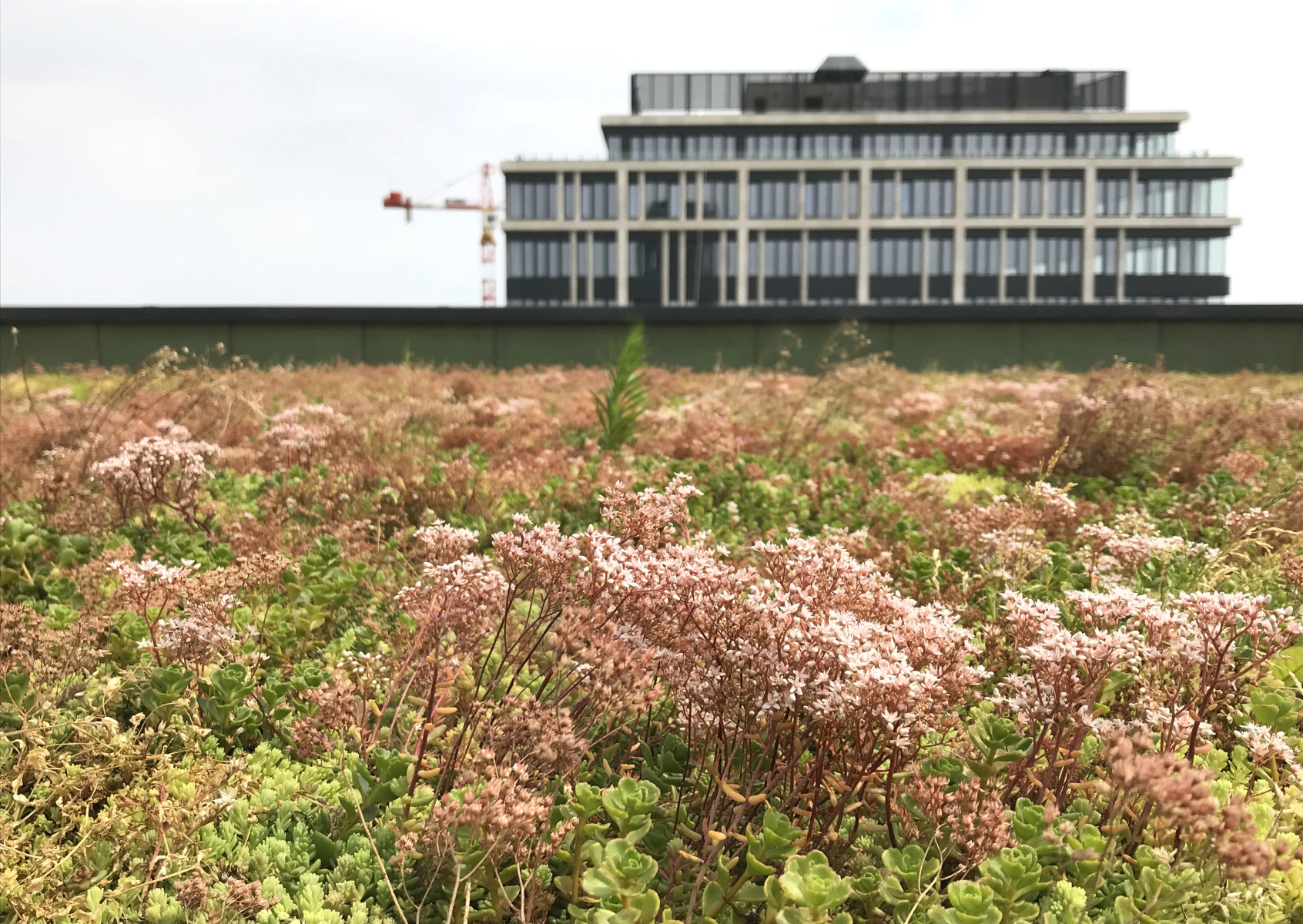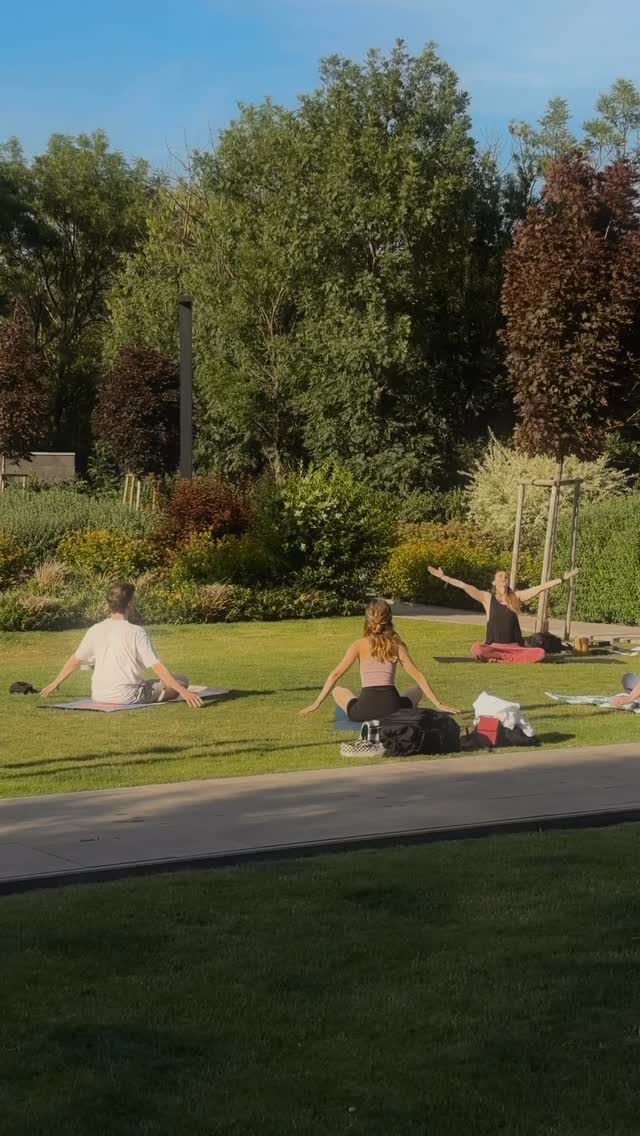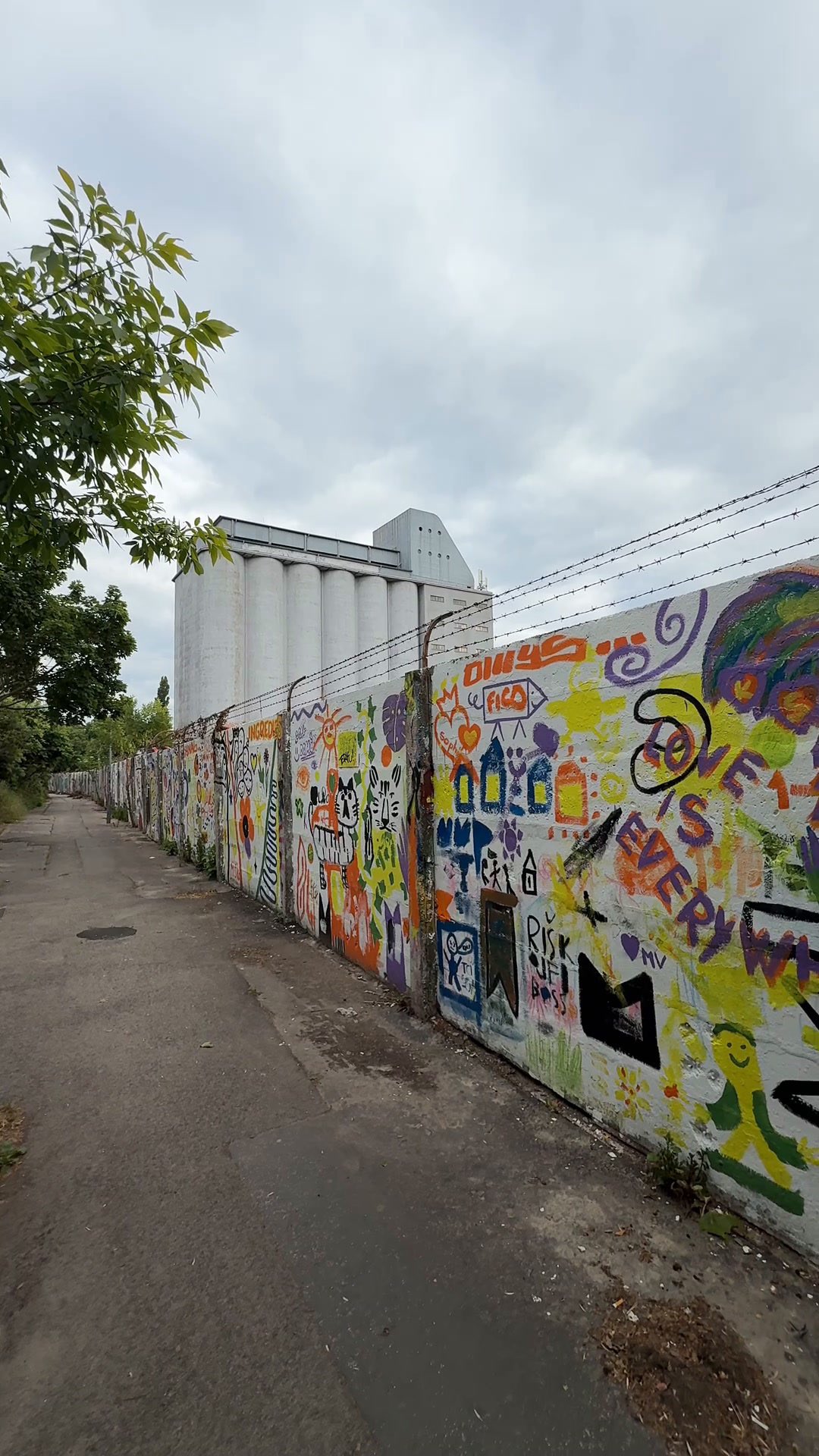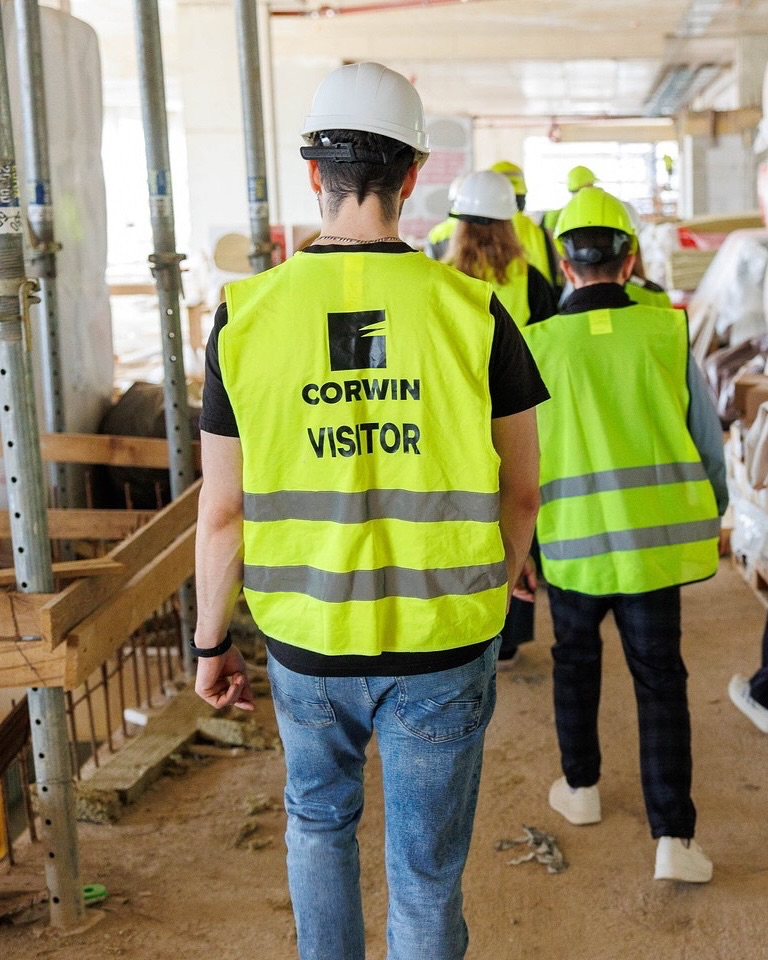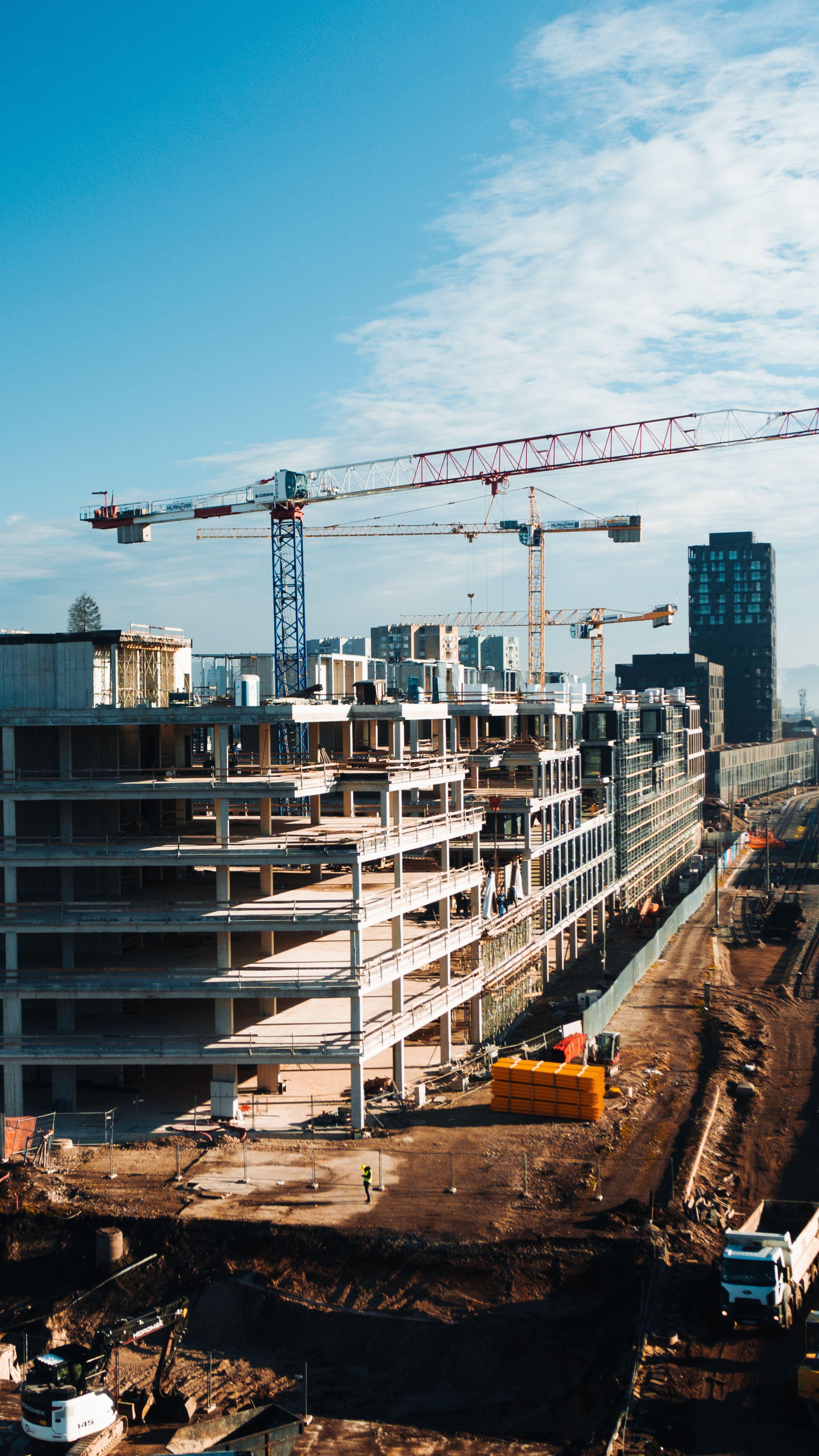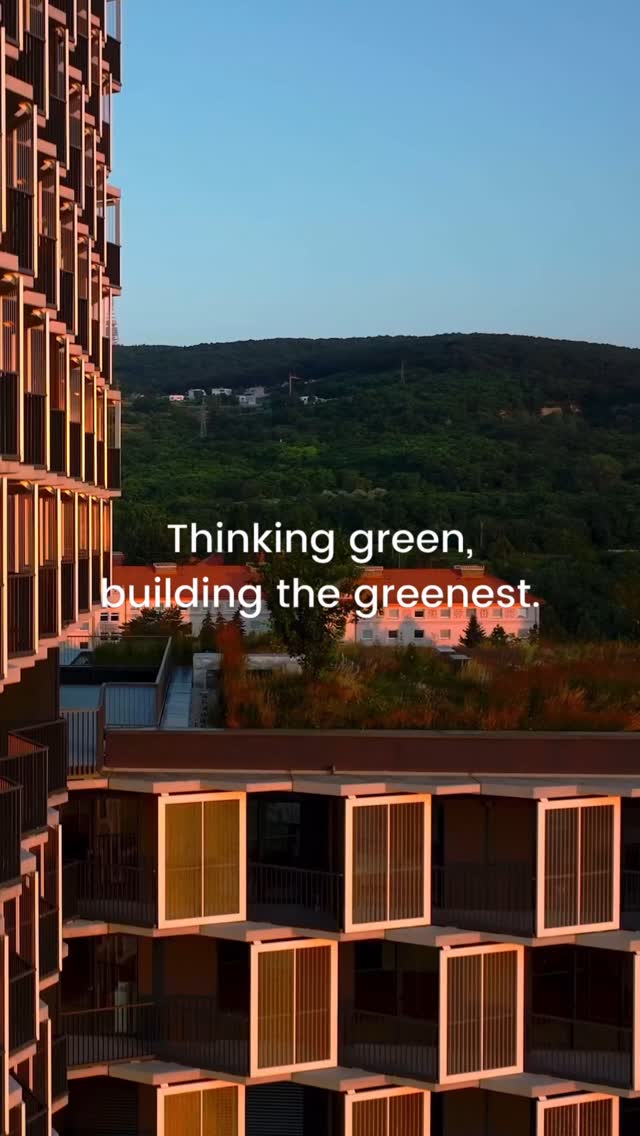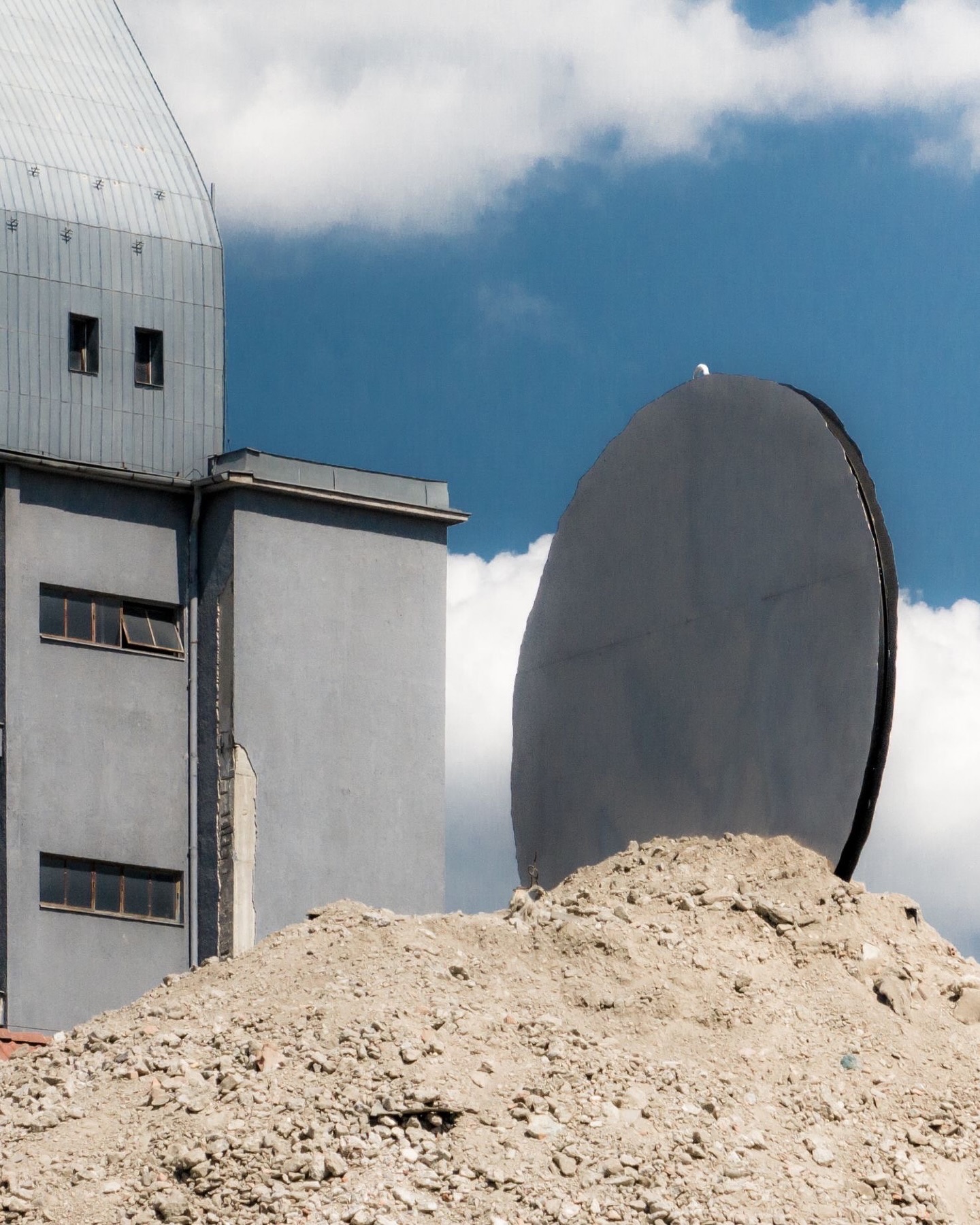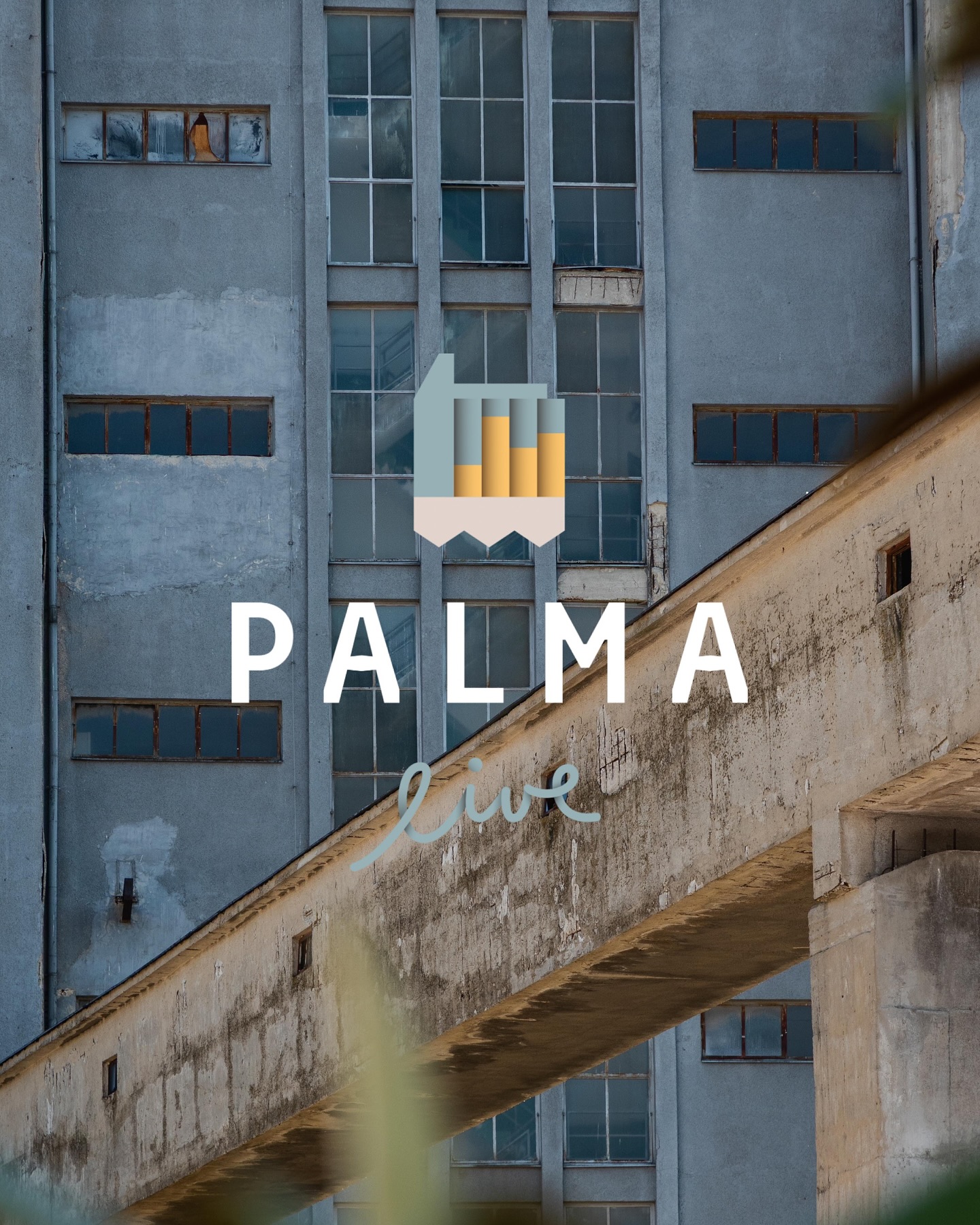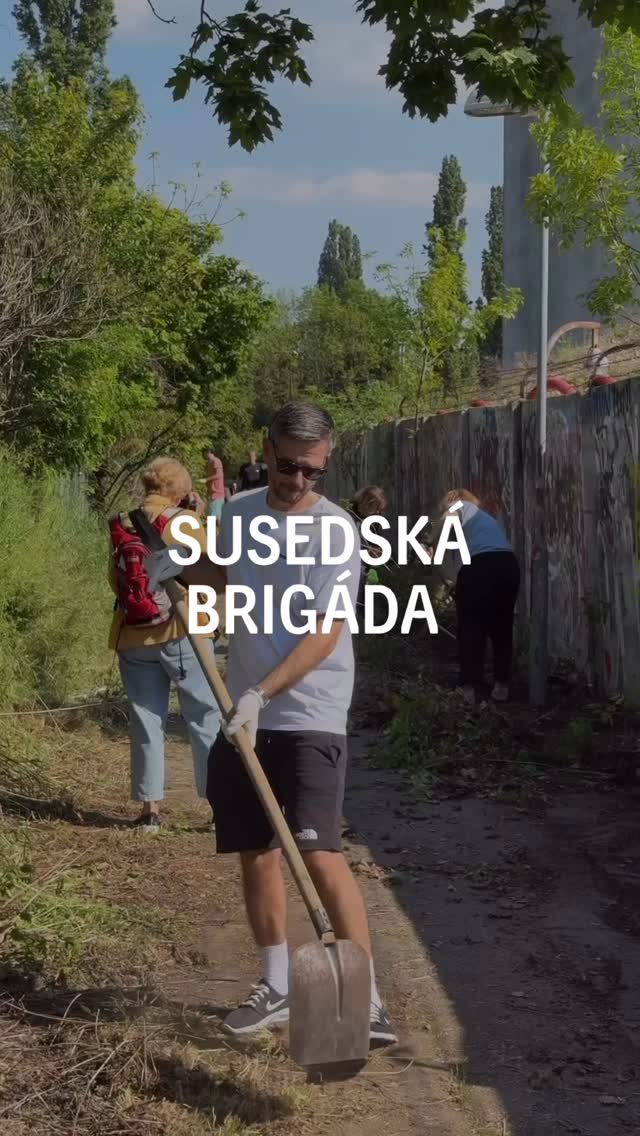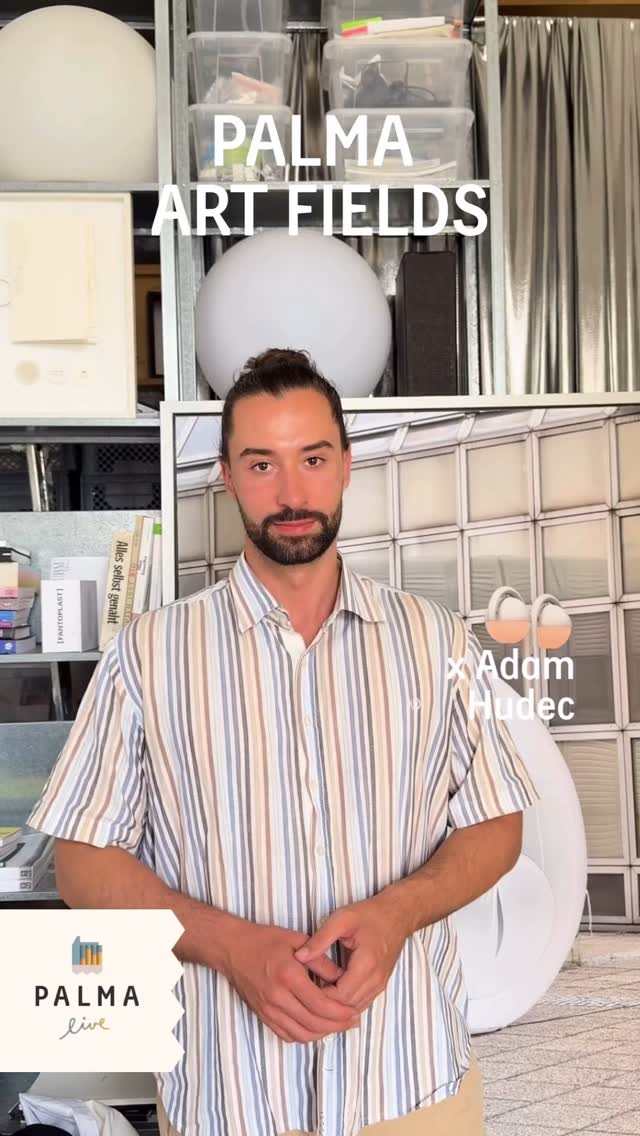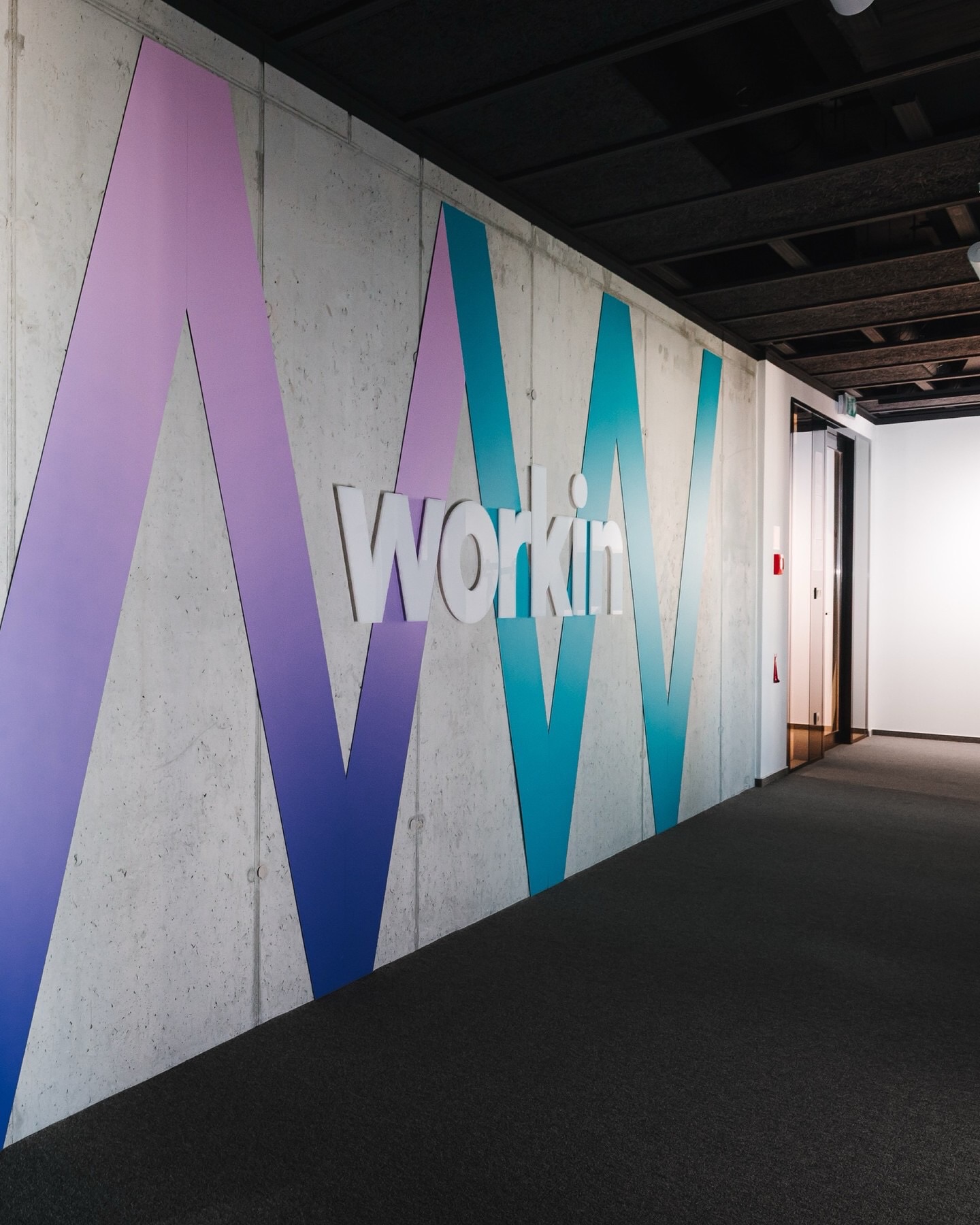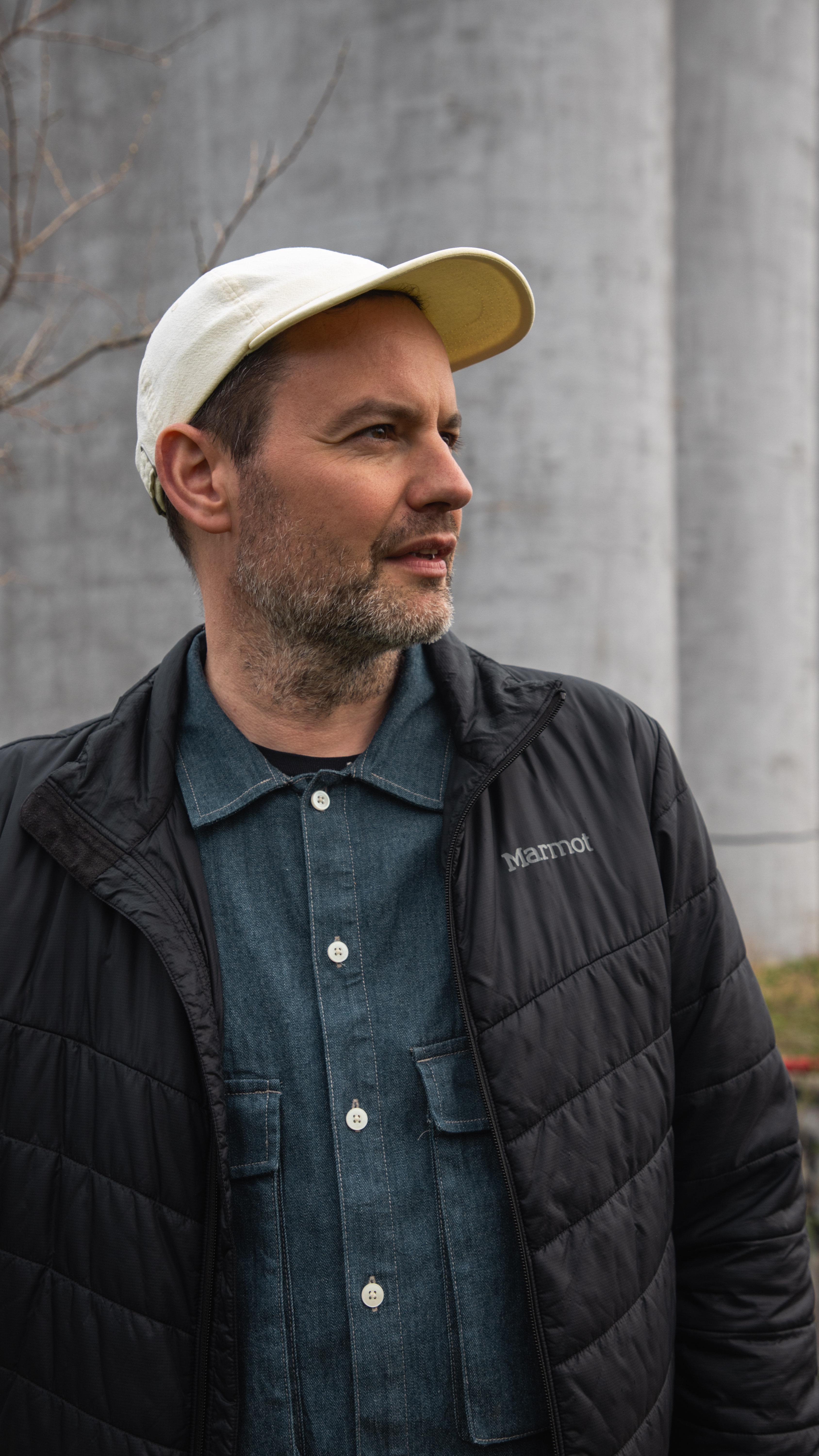It is becoming a common phenomenon that winter in our country looks more like a rainy season. Climatologists have long warned that our winters will be increasingly rainy and summers warmer and drier. And this trend will only intensify in the near future which will significantly affect our water resources. It is therefore important to respond adequately to this problem and to build good blue infrastructure, especially in our cities.

Photo by Todd Diemer on Unsplash
Blue infrastructure is a network of water elements and measures aimed at intelligent water management. With the development of cities, the number of impermeable areas is constantly increasing, which interrupts the natural water cycle and negatively affects the environment. In our country in particular there is also exacerbated by a large number of brownfields. They not only take up space but also contribute to floods and water pollution due to the large amounts of concreted areas and remains of disintegrated factories. It is estimated that by 2050, more than 70% of us will live in cities, which in many evokes a legitimate fear of higher pollution and a lower quality of life. But it doesn’t have to be that way. Because we already know in which direction urban construction should go so that we can have a better life in cities and at the same time protect our water resources.

Photo by Nicole Corbin on Unsplash
A return to nature
Water is a dynamic element that flows, evaporates, and is constantly changing. Blue infrastructure should therefore be highly adaptable to ensure that we are able to respond to flood and drought risks. A good example of adaptive blue infrastructure are green roofs and rain gardens. They form a natural rainwater retention system and allow it to gradually soak into the soil. In cities, they serve not only to make the environment more attractive, but also to collect water from the surrounding paved surfaces. This effectively mitigates the effects of torrential rains, filters the water and returns it to the natural water cycle. In this way, they help us to protect our water resources and make our surroundings more pleasant.
An example of creating a quality blue infrastructure is our project Guthaus, which combines extensive and intensive green roofs, water–permeable surfaces and rain gardens. Therefore, any rainwater that falls upon Guthaus will be used for irrigation or returned to the natural cycle. And all this within a beautiful green park, which will serve the whole neighbourhood for recreation, relaxation and sports. It is therefore a great example of how we can already contribute to responsible blue infrastructure in our cities today, while creating a pleasant and healthy living environment.

A forgotten problem
Sustainability is becoming an increasingly relevant topic. However, the issue of blue infrastructure is still unknown to many, despite the fact that a long-term solution to the increased amount of floods and droughts requires a wide network of water retention measures. A well-functioning blue infrastructure requires an active approach on the part of the city, citizens and developers. We believe that more and more people will gradually join us and we will continue our efforts to revitalize urban brownfields, expand blue infrastructure and protect our liquid wealth.

Photo by Marc Kleen on Unsplash
![]()
